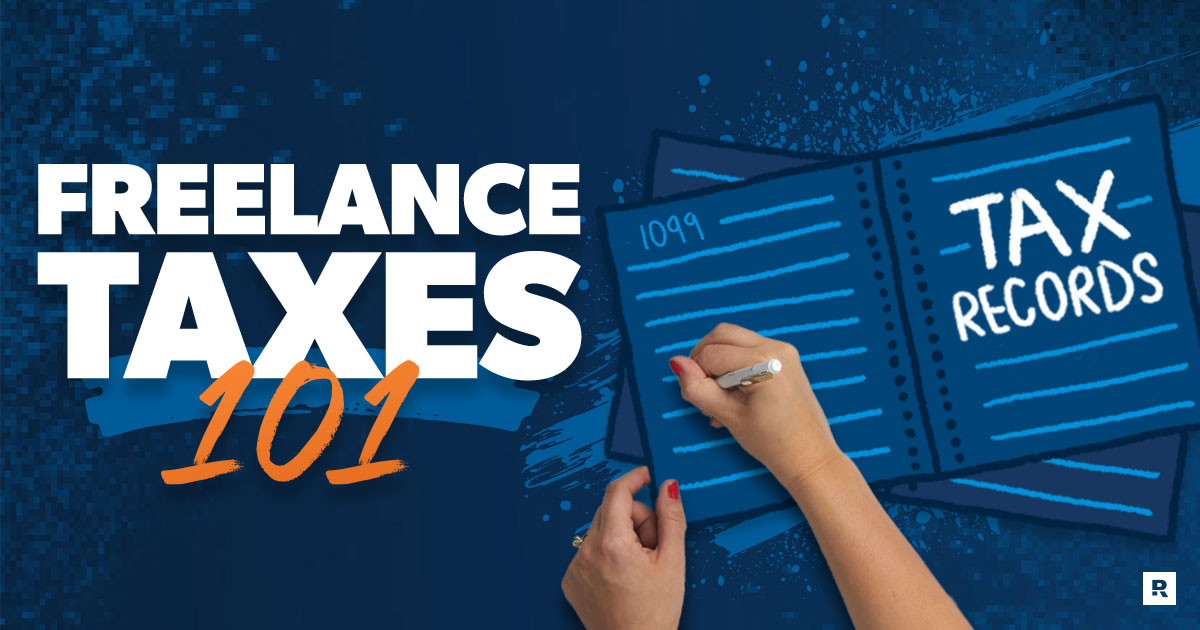Freelancer Resources

How to Set Your Freelance Rates for Maximum Profitability
Discover the strategies top freelancers use to price their services competitively while ensuring healthy profit margins.
Read More →
Tax Strategies Every Freelancer Should Know
Learn how to minimize your tax burden legally and keep more of your hard-earned money with these expert tips.
Read More →
Time Tracking: The Secret to Accurate Project Estimates
How implementing time tracking can transform your freelance business and lead to more accurate project pricing.
Read More →
From Side Hustle to Full-Time: When to Make the Leap
The financial indicators that show you're ready to transition from side gig to full-time freelancing.
Read More →
Negotiating Higher Rates Without Losing Clients
Proven techniques for increasing your freelance rates while maintaining strong client relationships.
Read More →
Scaling Your Freelance Business: When to Outsource
How to identify when it's time to expand your freelance operation and start building a team.
Read More →


